“It’s the elderly people I pity,” she said. “They all look so perplexed.”
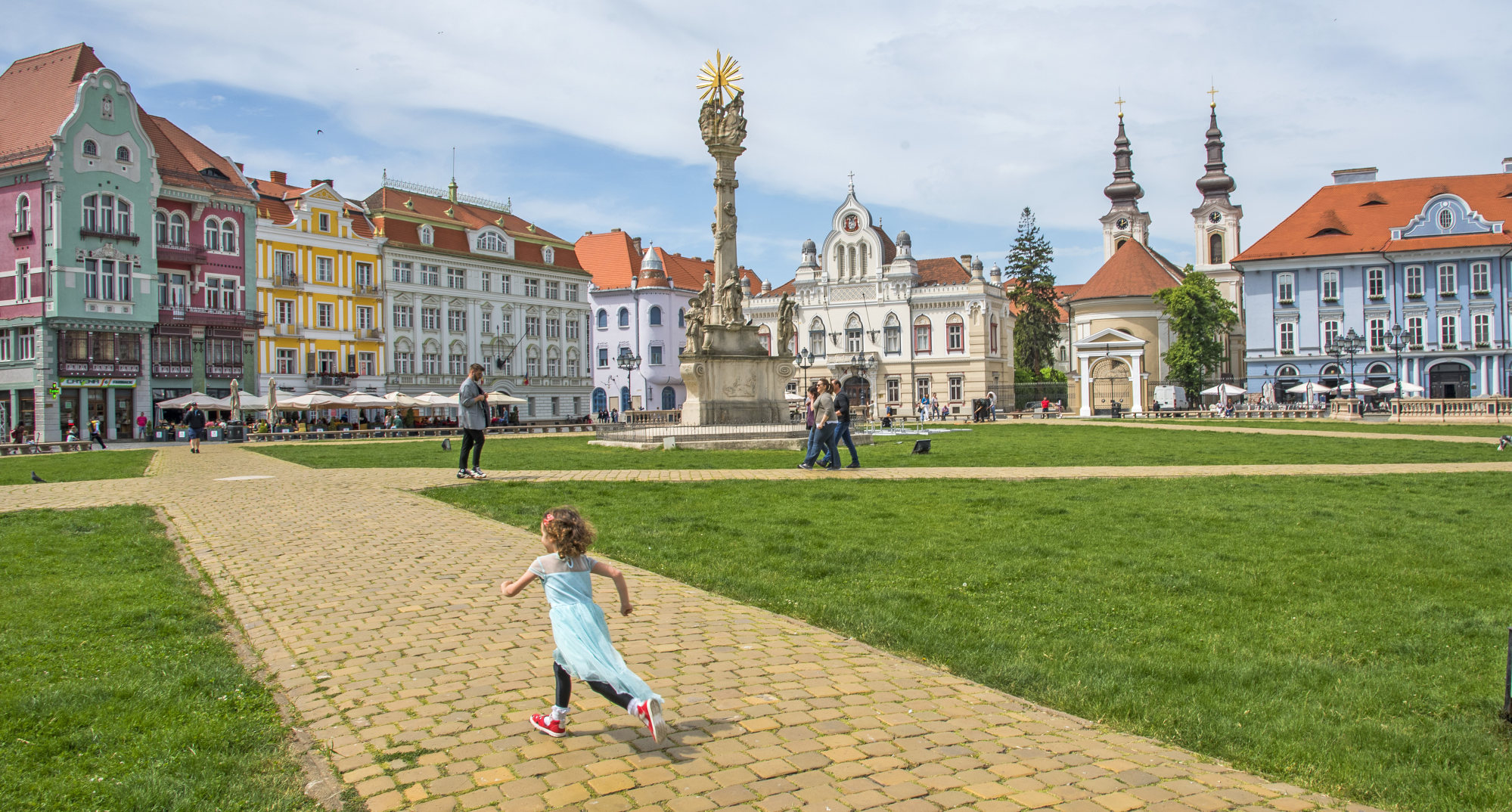
I also board a train heading west, but break my journey for lunch in beautiful Timisoara. Goulash is on the menu – a reminder that Hungary is just a short drive away.
Little Vienna, as the city is nicknamed due to a number of buildings dating from the time of the Austrian Empire (1804-1867), has been chosen as the European Capital of Culture for 2023, which will not be missed not to arouse the ire of the citizens of Cluj Napoca.
These citizens would have been even more upset when Novi Sad in Serbia, my next stop, was chosen as the European Capital of Culture for 2022. The title is awarded by the European Union, of which Serbia is not even a member.
Three ships dock for 12 hours almost every day and the old town is crowded. But no one buys anything and they all return to their ship for meals.
Novi Sad is known for its annual EXIT festival, one of the biggest music events in Europe. The summer party takes place inside the walls of Petrovaradin Fortress, a dark military fortress overlooking the Danube.
Around 200,000 revelers attended this year’s festival, which was held in early July.
A short bus ride away, Sremski Karlovci is also located on the banks of the Danube.

Serbia’s most beautiful city has more imposing architecture than a settlement of its size should have. And if that wasn’t enough, Sremski is also renowned for its wine production: wine tours and tastings are easily arranged.
Just when I decided that I could live in Novi Sad, I remember that I still have a lot to discover of the former Yugoslavia, the rest of my trip to do in buses and minibuses, in the cars of friends of friends and the strange taxi.
One summer day in 1968, Milija Mandic and her friends were bathing in the Drina River in Bajina Basta. While he was sunbathing on a rock in the middle of the river, he suggested they build a simple wooden platform.
The students swam with boards to lie on, but when these were washed away, they began work on a small cabin.
The turbulent Drina has destroyed six river houses over the years, but each time a new, stronger replacement house has been built. Number seven is doing well – at least for now.

The town of Bajina Basta has much more to offer than a quaint cabin, however. Tara National Park is underrated: if its river canyons, emerald lakes and forested mountains were in a more accessible part of Europe, the place would be overrun.
Biljana, my Airbnb host, suggests I visit the local beauty spot, Lake Perucac.
“My husband would take you, but he’s gone hunting,” she says, sounding like he just went to the store to get some milk.
Mountains rise out of the calm, clear depths and kayakers dance and dissipate reflections in the sun. Tourist barges, like the larger versions of the Drina River House, have all modern comforts but appear empty.
This isn’t the first time I’ve been struck by Serbia’s lack of tourism. I won’t tell anyone if you don’t.
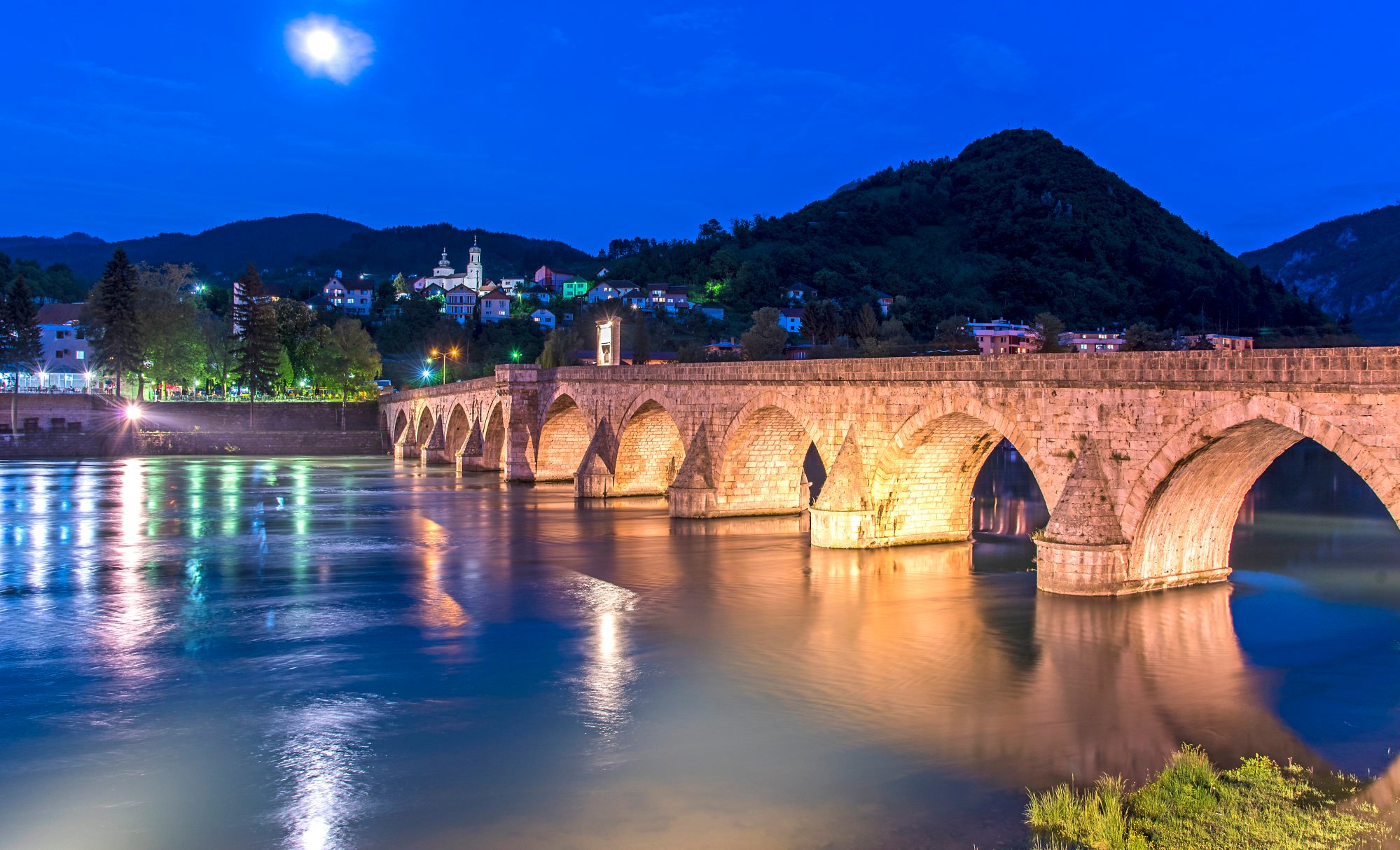
Bosnia and Herzegovina is not overflowing with travelers either. I stop my journey in Višegrad, a sleepy town with a 16th-century bridge spanning the omnipresent Drina River.
According to some, I am not yet in Bosnia. This is the Republic of Srpska, an autonomous entity populated by ethnic Serbs considered illegitimate by most Bosniaks. The Yugoslav wars tore the region apart in the early 1990s and attempts to untangle who did what to whom and why are still fraught with raw emotions and bitter recriminations.
Seventy miles to the west is Sarajevo, which is almost certainly in Bosnia.
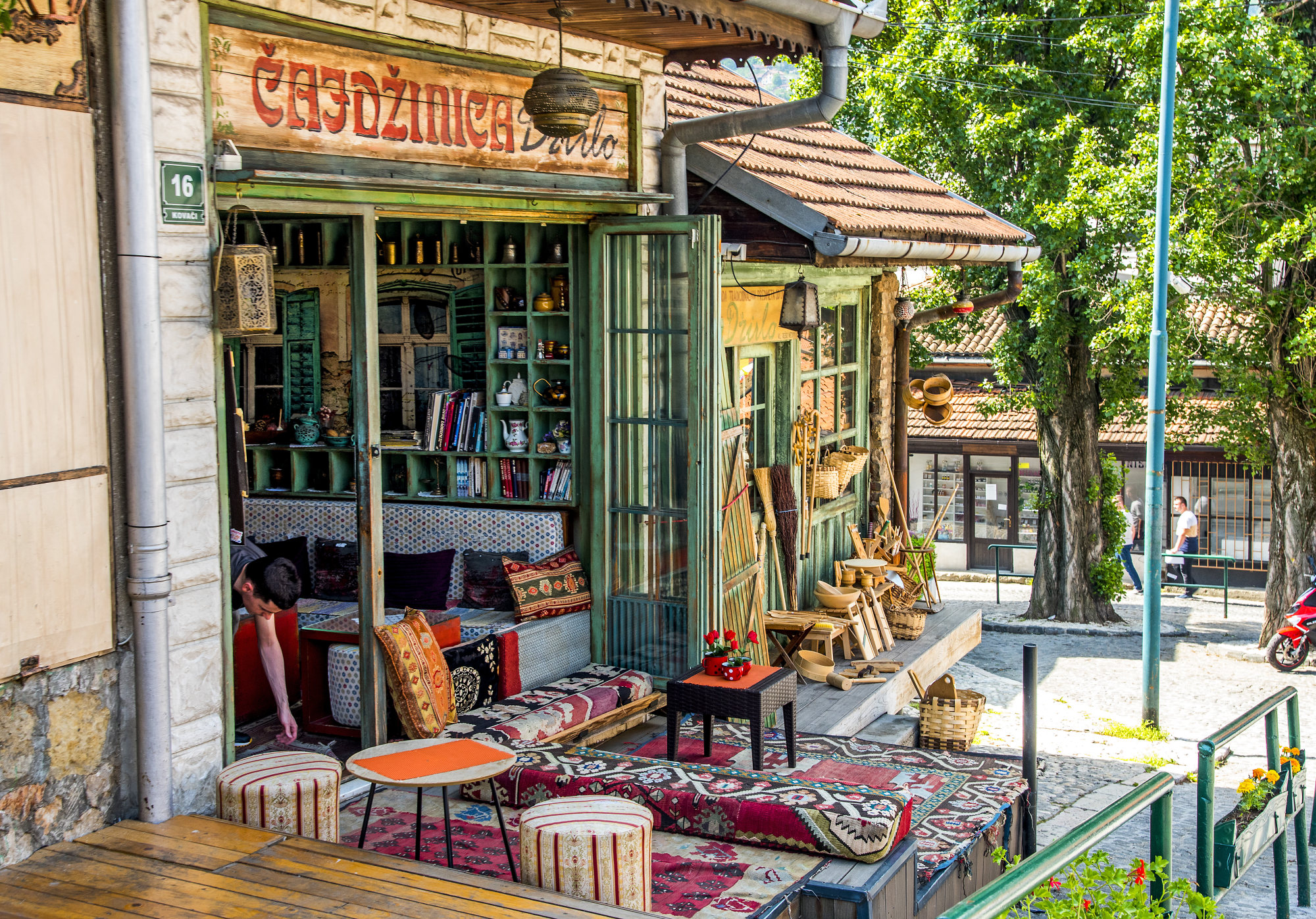
On the television in my city hotel, a war correspondent stands in front of a bombed residential building. It describes brutal clashes between enemy troops, indiscriminate bombing of population centers, massacres of civilians, incomprehensible destruction and accusations of war crimes.
He talks about Russia and Ukraine, but he could easily describe scenes from Sarajevo 30 years ago, when the city was under siege.
Between 1992 and 1996, Serbian militias positioned in the surrounding hills targeted residents and infrastructure with rockets, mortars and sniper fire.
Sarajevans were shot on their balconies and in their living rooms. They were arrested while rushing through city streets, when boarding trams and even at funerals.
But times are changing and the Bosnian capital has evolved. Tourists head to Baščaršija, Sarajevo’s old bazaar, to buy trinkets, sip coffee, and think about how to pronounce Baščaršija.

I met Admir Delic here in 2012. This intrepid local made his living from visitors who paid to watch him and his friends dive into the cold waters of the Neretva River, 25 meters below.
Admir and his wife, Vanesa, are still there, although an injury forces him to jump rather than dive these days.
Another country, another seat of war in the Balkans. The fascinating medieval city of Dubrovnik suffered severe damage during a seven-month standoff at the height of the Croatian War of Independence in 1991, before capitulating to the onslaught of international tourism.
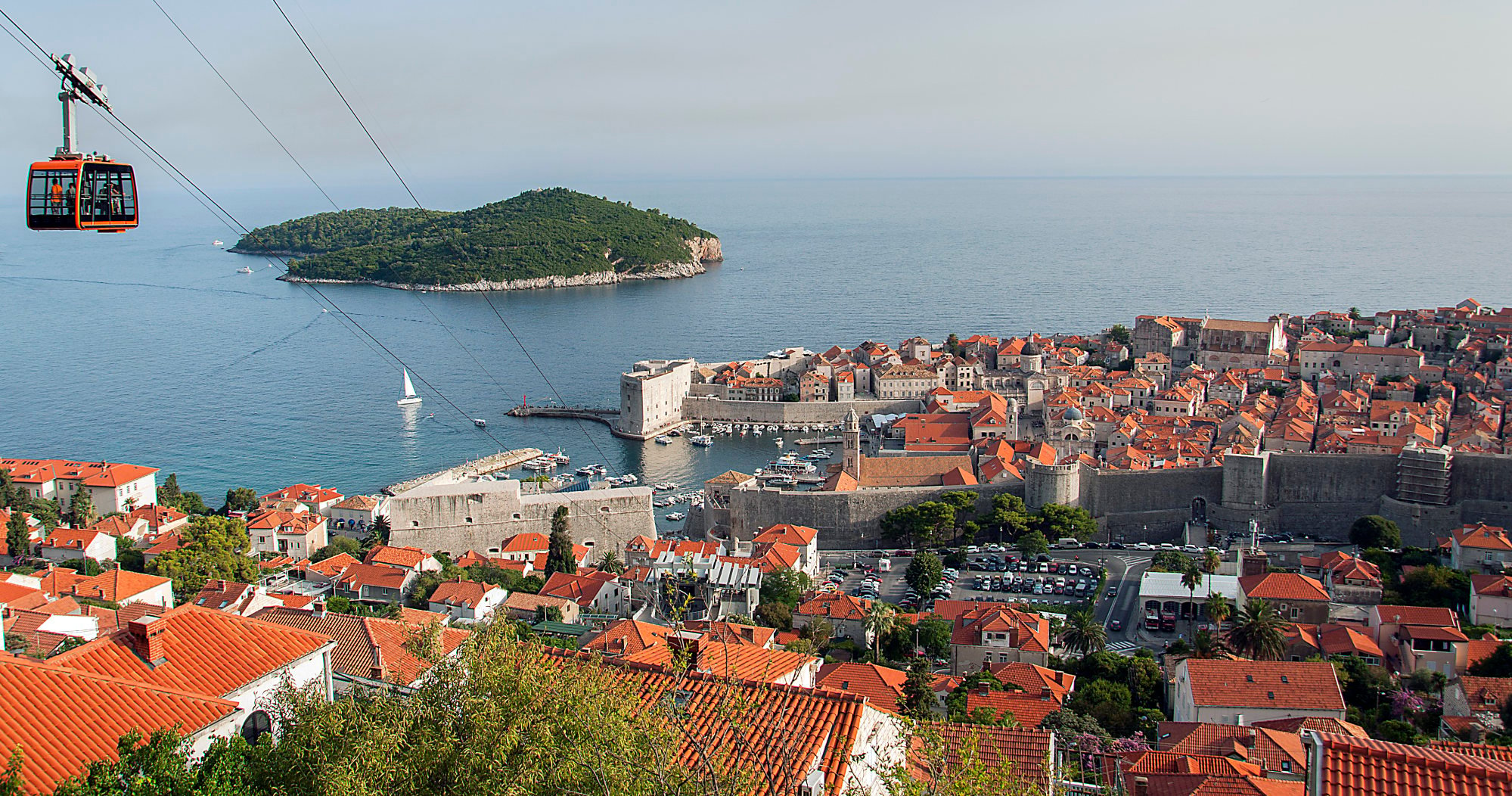
Dragan Gogov is waiting for me at the Kotor bus station, like ten years ago. My host takes me to his humble home, which offers a breathtaking view of the fjord-like Bay of Kotor.
In 2013, I arrived without a room reservation in the middle of the summer carnival. Available places were non-existent in the medieval old town but Gogov offered me a sofa in his hillside house.
It’s good to be back and I’m relieved that things are calmer. I’m also relieved to see a room with a bed this time.
Gogov takes two beers out of the fridge and we soon dive back into a topic from my previous visit.
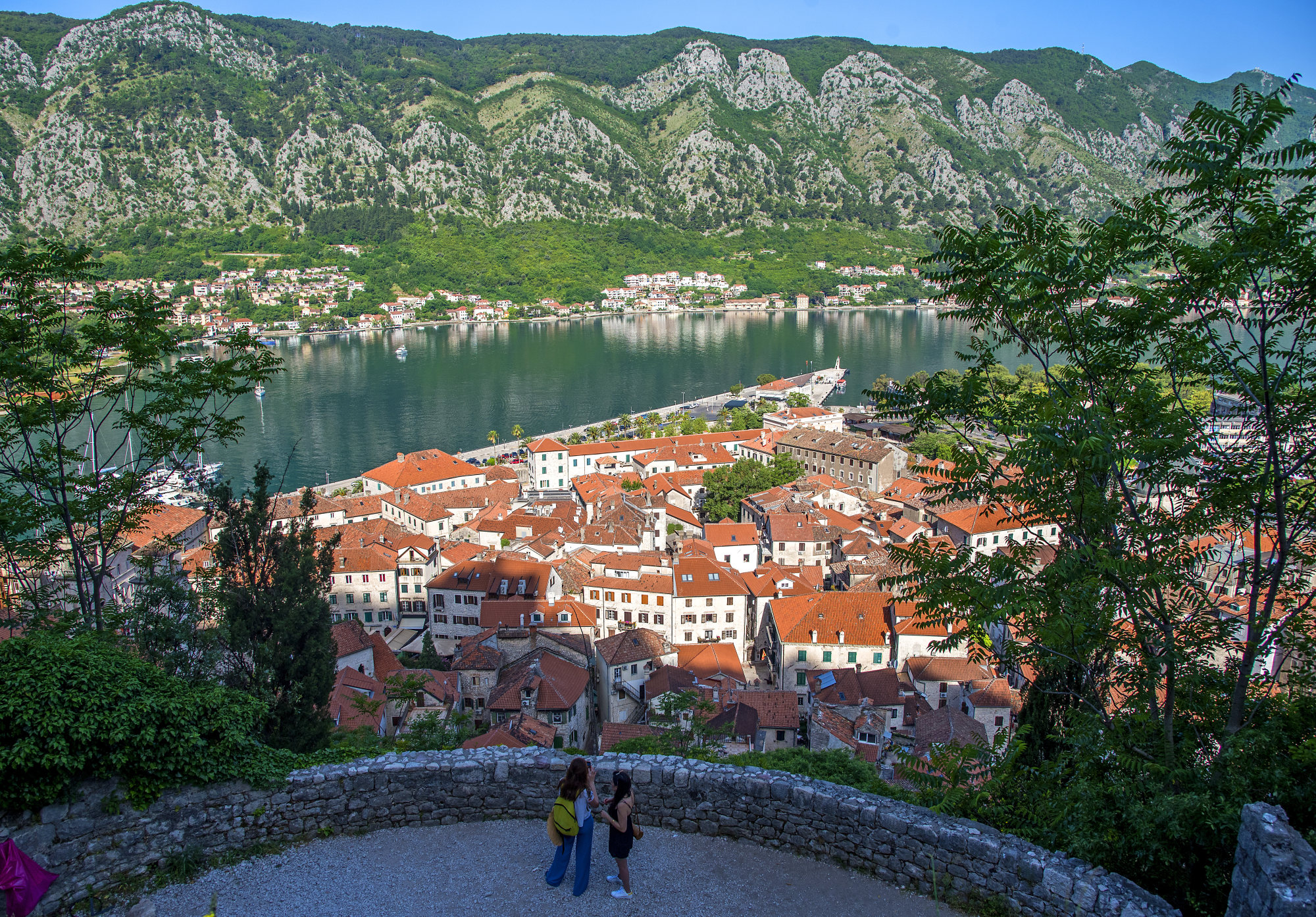
Kotor is the third busiest Mediterranean cruise port, behind Venice and Dubrovnik, but my Balkan friend worries that passengers contribute little to the local economy.
“Three ships dock for 12 hours most days and the old town is packed,” he says. “But no one buys anything and they all go back to their ship for meals.”
My final destination is Greece – or more precisely Albania, which has been described as being “like Greece in the 1970s”.
I take a minibus to the capital, Tirana, then continue to another city where I have already been. Gjirokaster is a rough gem of winding streets flanked by two-story houses, an Ottoman-era bazaar and a 12th-century castle.
On a previous visit, I described the hilly settlement as “on the verge of discovery.” There are certainly signs of development but the City of a Thousand Steps has not lost its soul. This is now Greece, circa 1980s I would say.

At Alma Souvenirs, I show the owner a photo I took of a woman in front of the store. Alma makes a phone call and two minutes later the woman appears.
“Is it me?” she asks. “I can’t believe I wore a dress like that. Can you delete the photo please?

